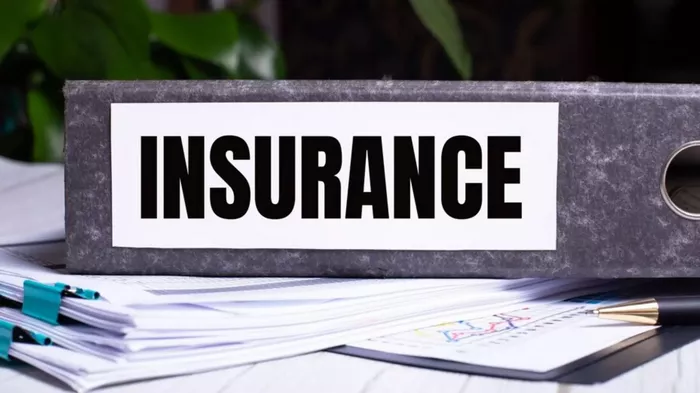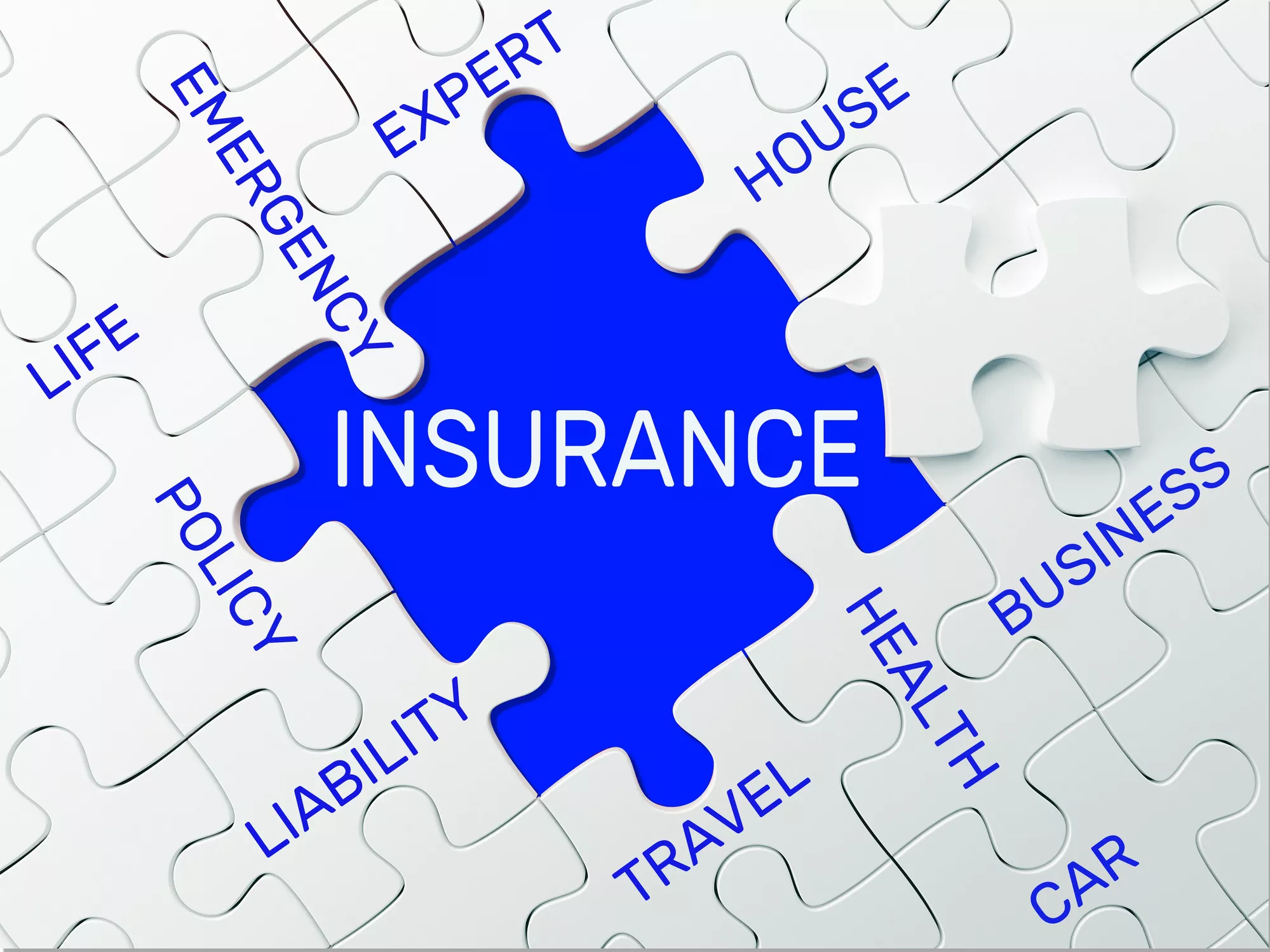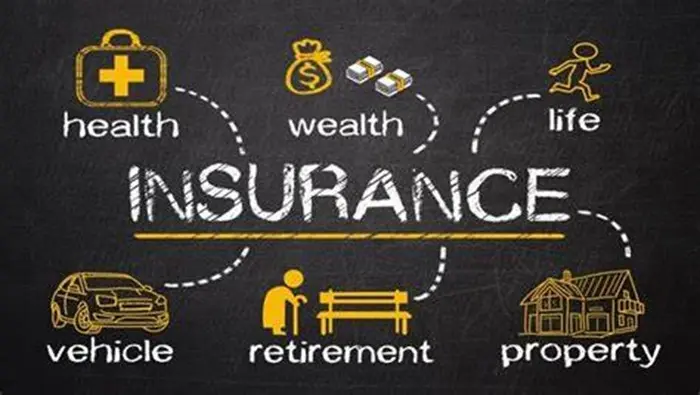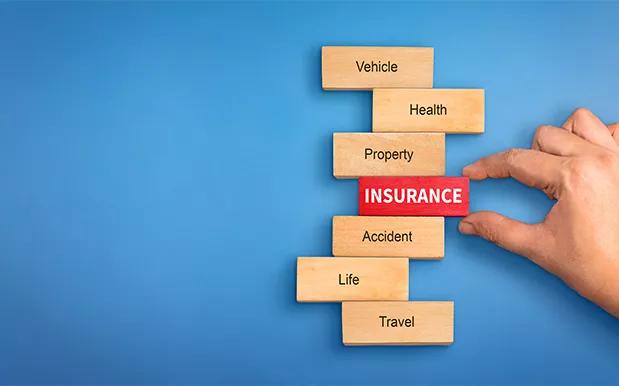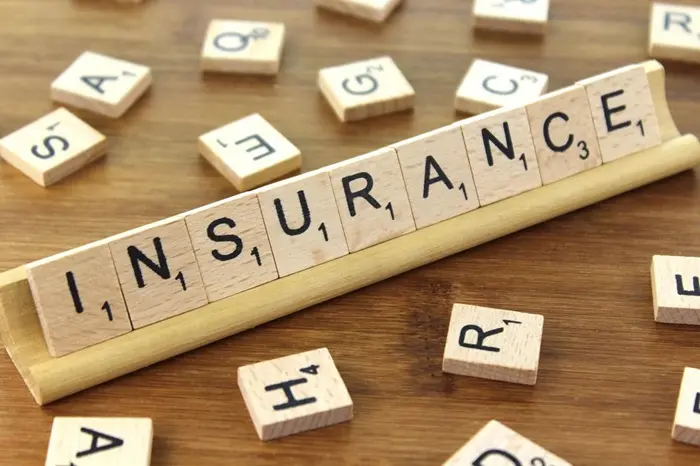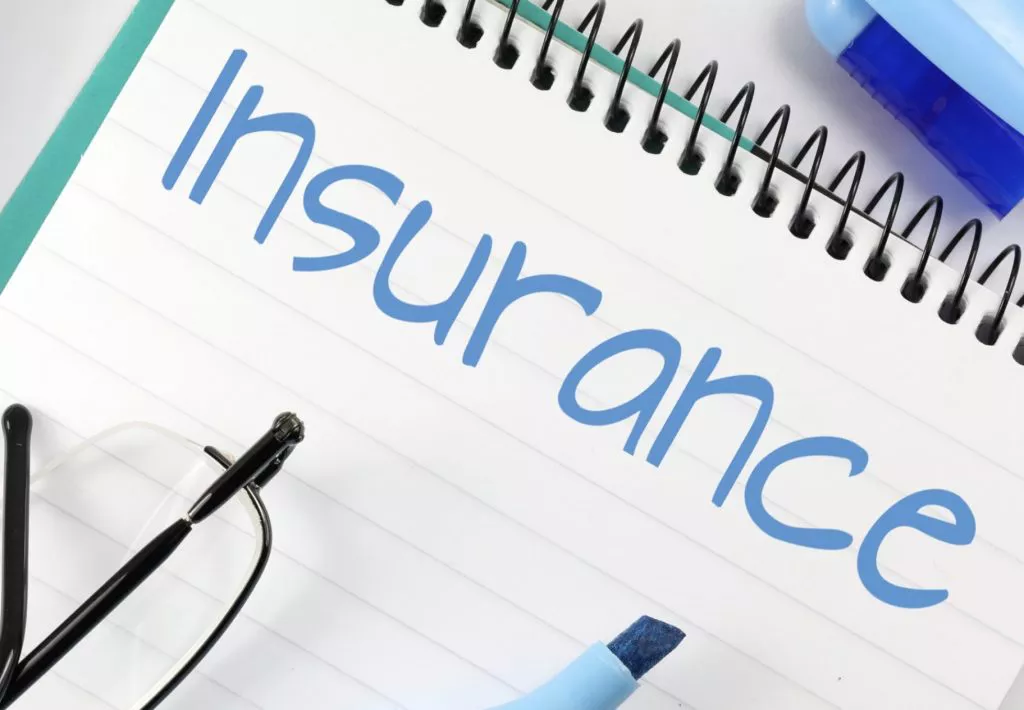Renters insurance is an essential safety net for anyone who rents a house or apartment. While not mandatory in most cases, having renters insurance can protect tenants from unexpected financial losses. However, the key question is: how much should renters insurance cover? This article explores factors to consider when determining the right renters insurance coverage, including personal property, liability coverage, and additional living expenses. We’ll also explore how to assess the value of your belongings, the types of coverage available, and how renters can make an informed decision.
What Is Renters Insurance?
Renters insurance is a type of insurance policy that provides financial protection for tenants in the event of damage to their personal property or liability issues while renting a property. It typically covers three main areas:
Personal Property Coverage: This covers your belongings in the event of damage or loss due to incidents like fire, theft, vandalism, or natural disasters.
Liability Coverage: This covers legal expenses if you are held responsible for injuring someone or damaging their property.
Additional Living Expenses (ALE): This covers additional costs if your rental unit becomes uninhabitable due to a covered loss, such as the cost of temporary housing and meals.
Renters insurance is relatively affordable and provides peace of mind, but determining the right level of coverage can be challenging without proper guidance.
Factors to Consider When Determining Coverage Amount
The amount of renters insurance you need depends on several key factors. These include the value of your personal property, the risks associated with your location, and the specific needs of your household. Below are the main factors to keep in mind when determining how much coverage to purchase.
1. Value of Your Personal Property
The primary purpose of renters insurance is to protect your personal property. You should estimate the value of your belongings to determine how much coverage you need. Consider the following steps to assess the value of your property:
Make a List of Your Belongings: Go room by room and list everything you own, including furniture, electronics, clothing, and jewelry.
Estimate the Replacement Cost: For each item, estimate how much it would cost to replace it in today’s market. Take into account the depreciation of items, as some insurance policies will pay for the replacement cost, while others will only cover the actual cash value (ACV).
Use a Home Inventory App: Many insurance companies offer home inventory apps that can help you track your belongings and their value. These apps make it easier to update your inventory and file a claim if needed.
By knowing the total value of your personal property, you can ensure that your renters insurance policy offers enough coverage to replace your belongings if necessary.
2. Liability Insurance
Liability insurance is another important component of renters insurance. Liability insurance provides financial protection if someone is injured on your rental property or if you accidentally damage someone else’s property. This could include situations such as:
A guest slips and falls in your apartment.
Your child breaks a neighbor’s window with a ball.
Damage caused by your pet, such as a dog biting someone.
Typical liability coverage in a renters insurance policy ranges from $100,000 to $500,000, but it’s worth considering how much protection you might need, depending on your lifestyle. For example:
If you frequently entertain guests or have children who could cause accidents, you may want to choose a higher liability limit.
You might also consider increasing your liability coverage if your rental unit is located in a high-risk area, such as near a busy street or in an area with a high crime rate.
3. Additional Living Expenses (ALE)
Your renters insurance policy may cover additional living expenses (ALE) if your rental property becomes uninhabitable due to a covered event, such as fire or natural disaster. This may include temporary housing costs, meals, and other necessary expenses while your home is repaired or replaced.
When choosing how much ALE insurance you need, consider the following:
The length of time you may need to live somewhere else: Depending on the severity of the damage, it may take weeks or even months before you can return to your rental unit. Make sure your ALE insurance is enough to cover expenses during this time.
Local housing and meal expenses: If you live in a high-cost area, make sure your ALE insurance covers temporary housing, meals, and transportation expenses.
While ALE insurance is often included in renters insurance policies, the coverage amounts can vary, so it’s important to review limits with your insurer.
Types of Renters Insurance Coverage
When determining the right amount of coverage, it’s important to understand the two main types of renters insurance: actual cash value (ACV) and replacement cost.
Actual Cash Value (ACV)
ACV policies cover the depreciated value of your property at the time of a loss. This means that if you need to replace an item, you’ll be reimbursed for its current value, accounting for depreciation. For example, if you purchased a TV five years ago for $500 and it’s now worth $100, you’ll only be reimbursed for $100 to replace it.
ACV policies are generally more affordable, but may not provide enough funds to completely replace your item, especially if the item has significantly depreciated over time.
Replacement Cost
Replacement cost policies cover the current market value of your item, not accounting for depreciation, to fully cover the cost of replacing it. In the example above, a replacement cost policy would reimburse you for the full $500 it would take to replace the TV.
While replacement cost policies are generally more expensive than replacement cost policies, they offer more extensive coverage, ensuring you’ll be reimbursed without having to pay out of pocket to replace your belongings.
How to Choose the Right Coverage
Choosing the right coverage requires finding a balance between coverage and affordability. Here are some steps to help you decide:
1. Review Your Personal Property Inventory
As mentioned earlier, the first step is to make an inventory of your personal property. Once you’ve determined the total value of your property, consider adding some buffer funds to cover unexpected losses.
2. Consider Your Liability Insurance Needs
Evaluate how much liability insurance coverage you might need based on your lifestyle and the risks involved. Most renters choose at least $100,000 in liability coverage, but that may not be enough for everyone.
3. Evaluate Additional Living Expenses Coverage
Consider how long it might take and how much it might cost to find temporary housing. If you live in a city with higher prices, you may need higher ALE coverage.
4. Compare Insurance Quotes
It’s a good idea to compare quotes from multiple insurance companies before choosing a policy. Look for an insurer that offers flexible coverage options and competitive pricing.
5. Consider your deductible
The deductible is the amount you need to pay out of pocket before your policy kicks in. A higher deductible will generally lower your premiums but increase your out-of-pocket costs in the event of a claim. Consider how much you can comfortably afford in the event of a claim.
Conclusion
Renters insurance is a valuable protection for anyone who rents a house or apartment. The amount of protection you need will depend on a variety of factors, including the value of your personal property, the level of liability coverage you want, and additional living expenses. By carefully evaluating your needs and comparing different coverage options, you can ensure your renters insurance provides the right amount of coverage without overpaying for unnecessary coverage. Be sure to review your policy regularly, especially when you purchase new valuables or go through major life changes, to ensure your coverage is up to date.

